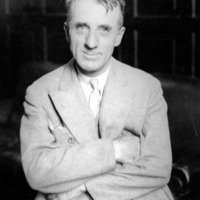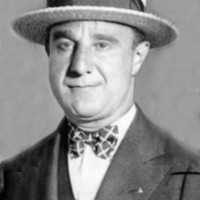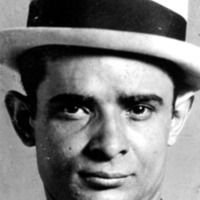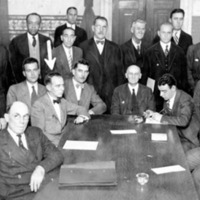Potable Power
Delaware Valley Bootlegging During Prohibition

Smedley Darlington Butler

Max "Boo Boo" Hoff

Mickey Duffy

The Lanzetti Brothers

Hugh Mcloon

The World of the Bootlegger
Popular culture is laden with images of the Prohibition era (1920-1933) in the United States. From the book "The Great Gatsby" to the television show "The Untouchables," images abound of profligate and violent bootleggers battling one another for control of the "booze racket." Gangland figures such as Al Capone and Meyer Lansky have had an enduring impact on the American conscience. Unfortunately, most people have a somewhat skewed perception of bootlegging during Prohibition. While violence was undeniably one of the defining characteristics of the illegal liquor and beer trades, so too were cooperation and stable business ties. The purpose of this exhibit is to show how the bootlegging rackets in the Delaware Valley functioned during Prohibition. First, the exhibit will look briefly at the backgrounds of the future bootlegging entrepreneurs. Most were born to immigrant parents (primarily of Eastern European Jewish extraction), and were teenagers or young adults when Prohibition took effect in 1920.
The primary focus of "Potable Power," however, will be the structural composition of local bootlegging enterprises. Bootlegging involved a complex network of manufacturing, warehousing, delivering, and retailing. The liquor and beer trades generally developed independently from one another. Many partnerships were on a temporary, ad hoc, basis. For example, in Philadelphia, there was a longtime association between Max "Boo Boo" Hoff, Charles Schwartz, and Samuel Lazar. Another necessary facet of illegal enterprise is a network of protection from arrest, theft, and violence by rivals. Therefore, the bootleggers had to establish "ties" (through bribery and other means) to local police, judges, and attorneys.
Finally, in recalling the history of local bootlegging, the exhibit will conjure the images of some of the people and landmarks, both famous and long-forgotten that once shaped the Delaware Valley landscape.
This exhibition was originally researched and mounted in 1994 by William Meltzer while working on his Ph.D. in American History from Temple University. His primary research interests are the history of American criminal enterprise and the history of sports.
Exhibit courtesy of the Temple University Libraries, Urban Archives. Photographs taken from the George D. McDowell Philadelphia Evening Bulletin Collection.
